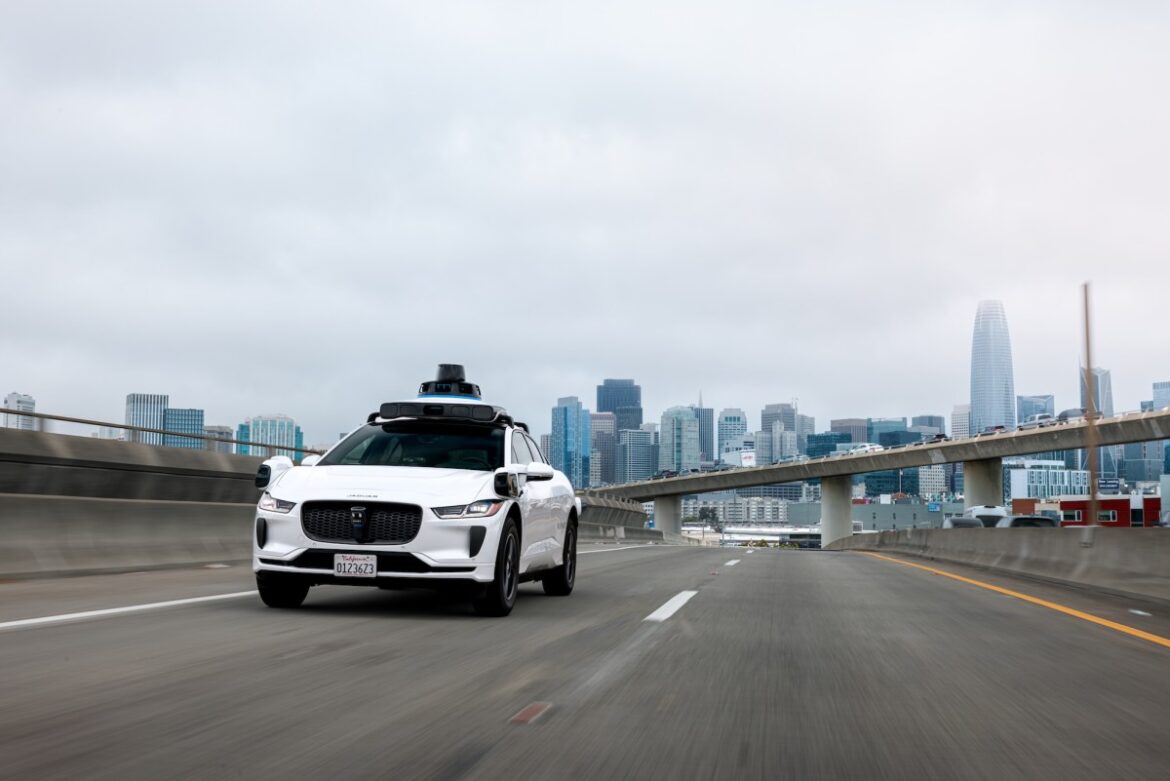Sixteen years ago, engineers working on the Google self-driving project conducted their first autonomous vehicle tests on the freeway that connects Silicon Valley to San Francisco.
The company would eventually become Waymo, autonomous vehicle testing would expand — fanning out to other cities. Eventually, the company launched commercial robotaxi services in Phoenix, San Francisco, and Los Angeles. Other cities soon followed.
But freeways, despite some of that early testing, would remain out of reach. Until today.
Waymo said Wednesday it will begin offering robotaxi rides that use freeways across San Francisco, Phoenix, and Los Angeles, a critical expansion for the company that it says will reduce ride times by up to 50%. That stat could help attract a whole new group of users who need to travel between the many towns and suburbs within the greater San Francisco Bay Area or quicken commutes across the sprawling Los Angeles and Phoenix metro areas.
Using freeways is also essential for Waymo to offer rides to and from the San Francisco Airport, a location the company is currently testing in.
The service won’t be offered to all Waymo riders at first, the company said. Waymo riders who want to experience freeway rides can note their preference in the Waymo app. Once the rider hails a ride, they may be matched with a freeway trip, according to the company.
The company’s robotaxi routes will now stretch to San Jose, an expansion that will create a unified 260-mile service area across the Peninsula, according to Waymo. The company said it will also begin curbside drop off and pick up service at the San Jose Mineta International Airport. It already offers curbside service to the Sky Harbor Phoenix International Airport.
Techcrunch event
San Francisco
|
October 13-15, 2026

“Freeway driving is one of those things that’s very easy to learn, but very hard to master when we’re talking about full autonomy without a human driver as a backup, and at scale,” Waymo co-CEO Dmitri Dolgov said in a media briefing with reporters. “It took time to do it properly, with a strong focus on system safety and reliability.”
Waymo robotaxis have been spotted on freeways for months. TechCrunch took a test ride last year in the Phoenix area that included freeways. The company has provided trips to employees for more than a year. It also expanded testing to include closed course and simulation
While many assume freeway driving is easier, it comes with its own set of challenges, principal software engineer Pierre Kreitman said in a recent briefing. He noted that critical events happen less often on freeways, which means there are fewer opportunities to expose Waymo’s self-driving system to rare scenarios and prove how the system performs when it really matters. The company chose to augment its public road driving with a combination of closed course and simulation testing.
This expanded testing and validation of the software was done to ensure the vehicles transition smoothly and safely between freeways and surface streets, and recognize and adapt to the unique context of the road around them, Kreitman said.
Waymo has also expanded its operational protocols, including how it coordinates with safety officials like California Highway Patrol, now that its robotaxis are on freeways.
